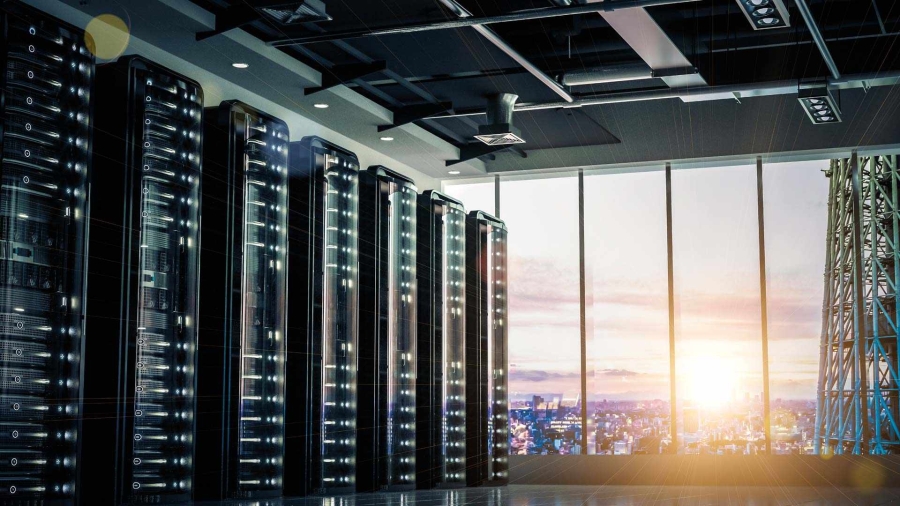As more and more companies are leveraging digital tools and platforms to reduce climate impacts, improve energy and water efficiency and resiliency, and promote further innovation across our nation’s critical infrastructure, there needs to be a concerted voice coordinating these efforts and advocating for the increased use of digital technologies as solutions to addressing the climate crisis.
The Digital Climate Alliance is a coalition of companies developing and utilizing digital technologies to reduce their environmental impacts for themselves and for their customers. The Digital Climate Alliance’s goal is to promote digital tools and platforms to enable 21st-century solutions, solving climate, water, and energy challenges that impact economic development, business growth, social well-being, and ecosystem health.
Download this new report, to explore recommendations for the United States government to enable digital solutions that promote economic opportunities, advance innovation, and accelerate decarbonization.
This first-of-its-kind coalition of leading global companies' purpose is to inform public policy regarding the role digitalization can play as an enabler of climate solutions. Companies in the Digital Climate Alliance contributing to the recommendations in this report include Autodesk, Enel, Intel, Johnson Controls, Nautilus Data Technologies, Schneider Electric, Trane Technologies, Xpansiv, and Water Foundry.













